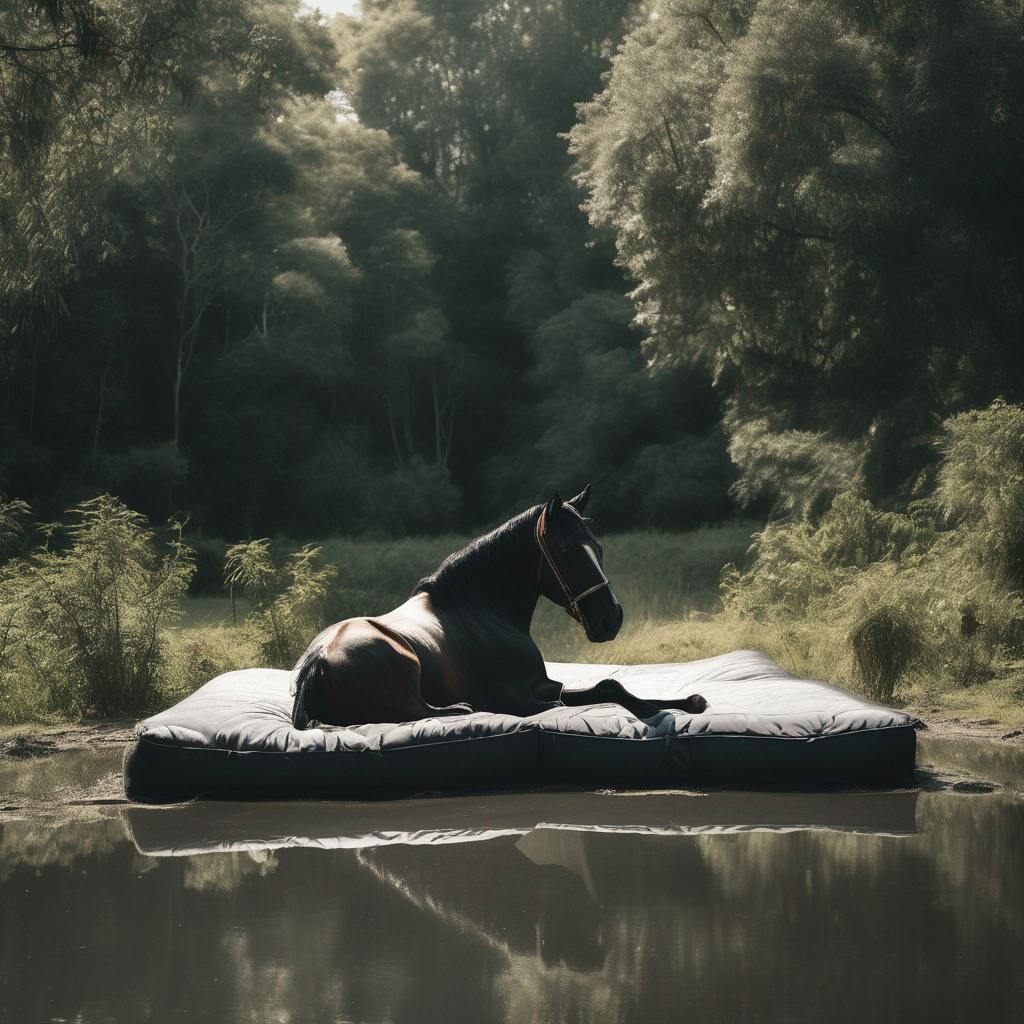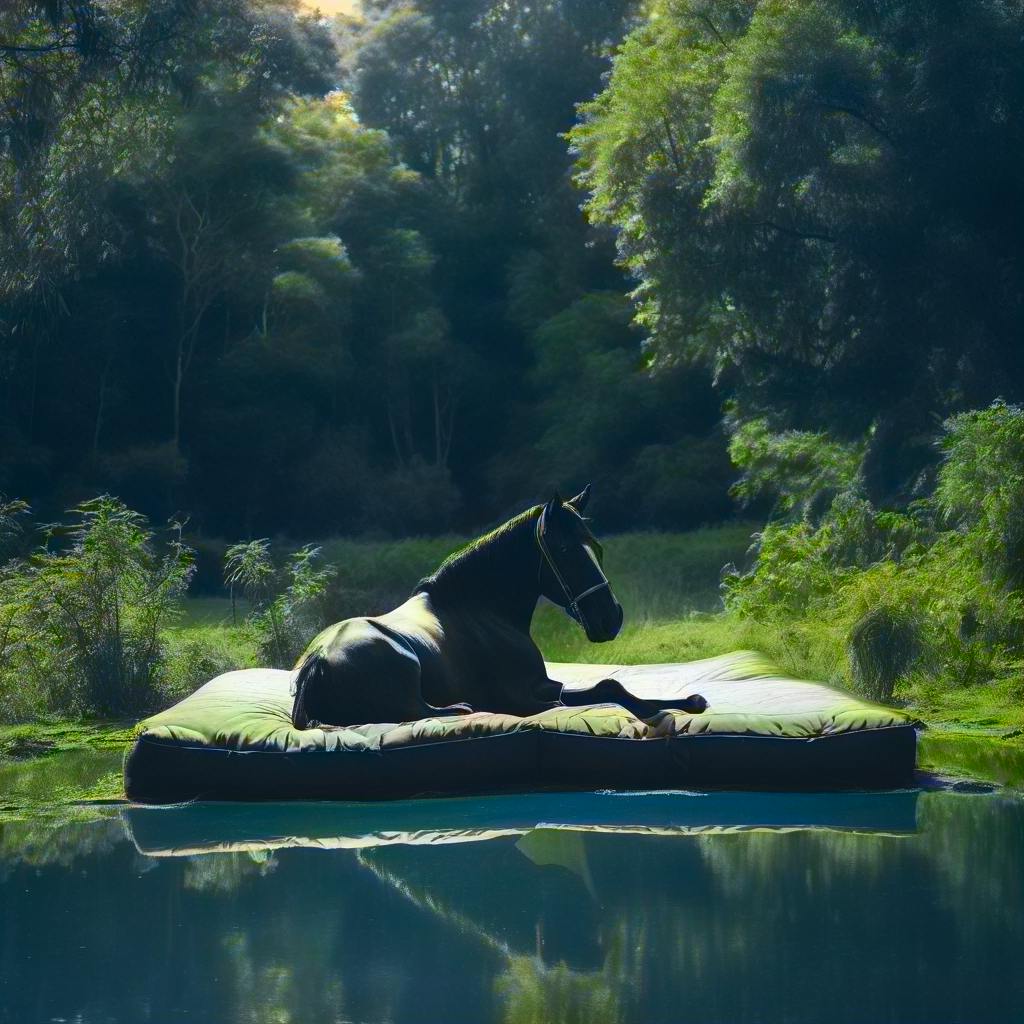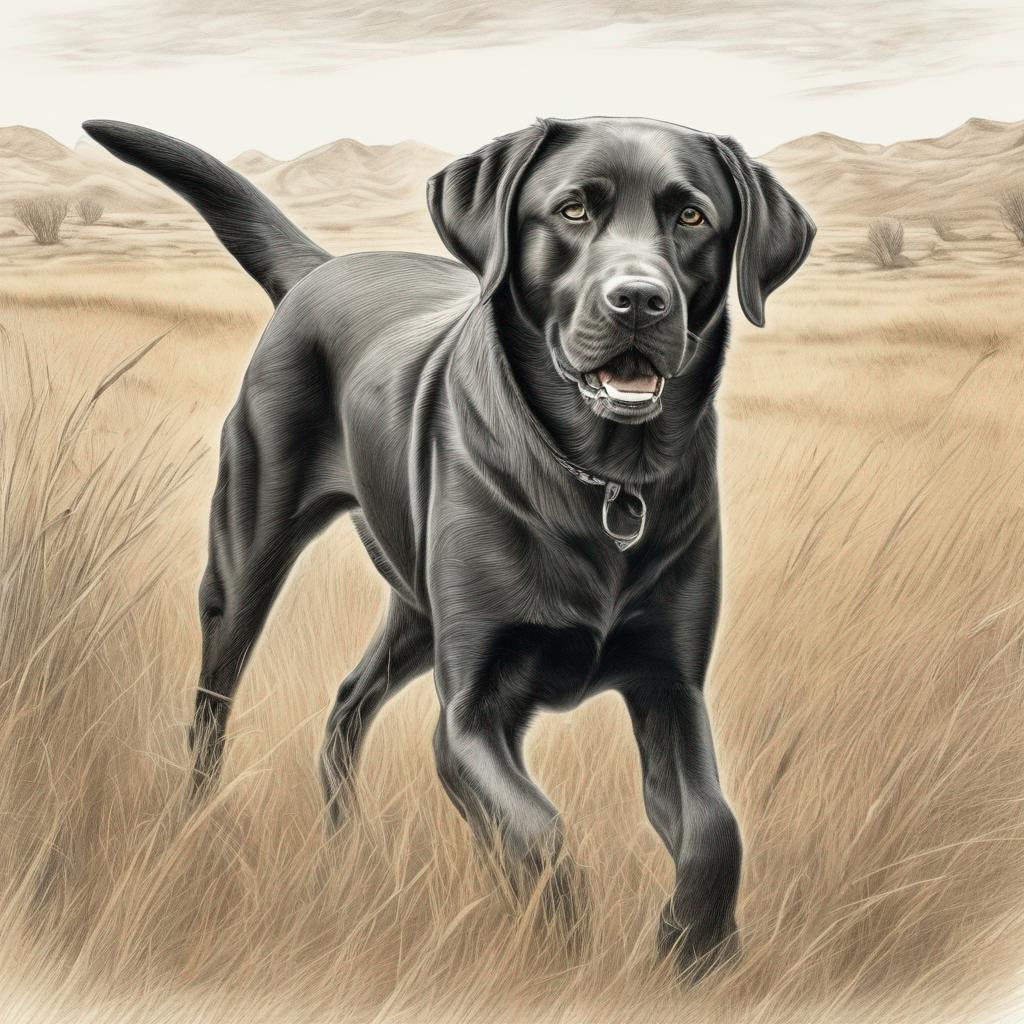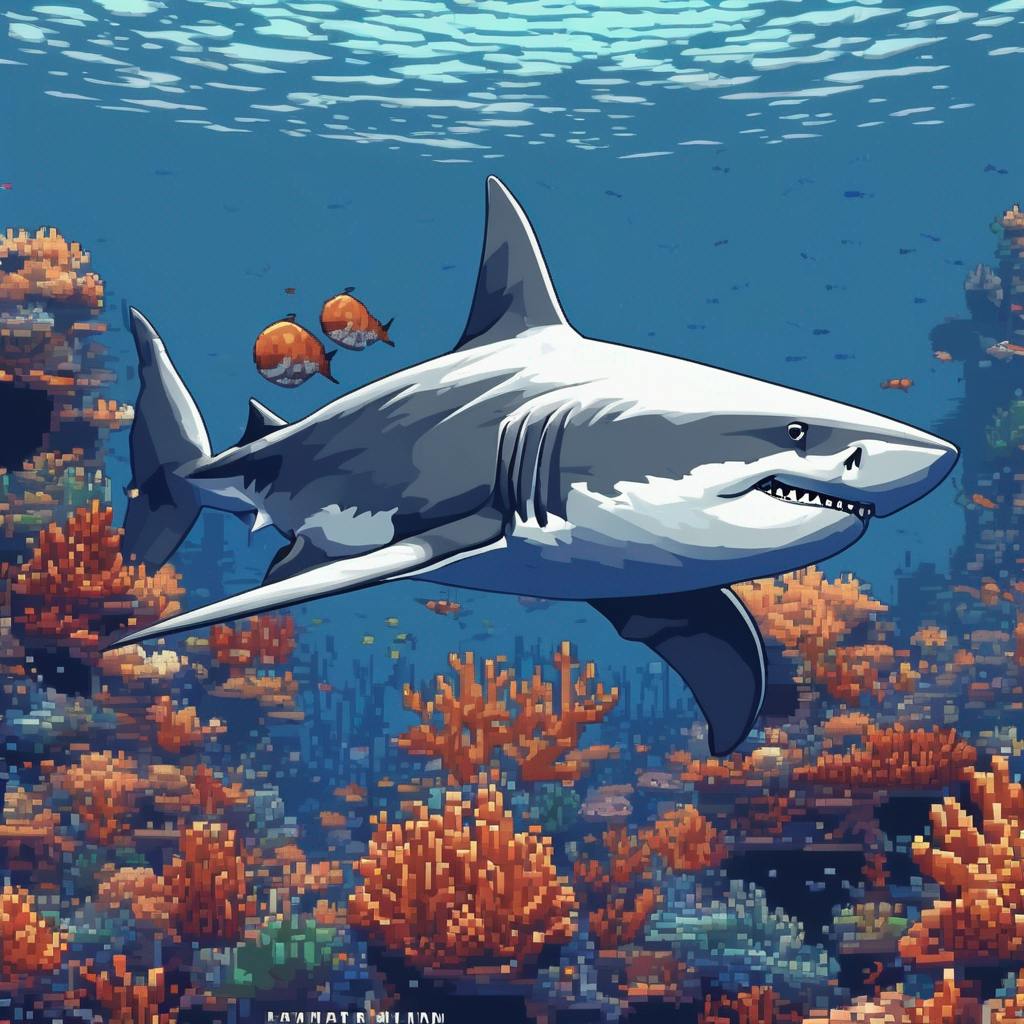Table of contents :
Discover Stable Diffusion
Did you know that according to Marvin Minsky, one of the founding fathers of AI, machines can now perform complex tasks that were traditionally reserved for humans? Thanks to revolutionary tools like Stable Diffusion, creating high-quality illustrations has never been so simple, even for beginners with no drawing skills. With Swiftask, the new versatile AI assistant, enjoy an efficient solution to instantly generate stunning customized visuals.
What you need to know about Stable Diffusion
Stable Diffusion: what is it?
Stable Diffusion is an artificial intelligence model based on machine learning. As a result, it can generate highly realistic digital images from simple natural language descriptions.
This language-driven image generator creates photorealistic images from scratch.
Stable Diffusion: open-source software?
Despite its public release of source code, Stable Diffusion remains a tool under the CreativeML Open RAIL-M license, much to the surprise of competitors who usually prefer to keep their developments secret.
Being open-source sets Stable Diffusion apart and provides numerous advantages, both for AI development and its dedicated users.
Stable Diffusion: how does it compare to the competition?
Comparable models to Stable Diffusion include DALL-E and Midjourney. However, due to its vast scope and global reach, Stable Diffusion has established itself as a key reference in the field of AI image generation.
What are the capabilities of Stable Diffusion?
Image generation from descriptive text: text2image
One of the factors that contributed to the success of AI among the general public is their ability to understand requests expressed in natural language. Stable Diffusion relies on the same principle to interpret user queries.
However, the formulation of the prompt is crucial. A poorly written prompt may result in an image that does not meet the user's expectations.
Customization of generated images
The more you get used to using Stable Diffusion, the better you understand how it responds to your requests. After obtaining an AI-generated image, you can stay on the same theme and refine your prompt until you get the desired image. Image optimization can be done at three levels: foreground, midground, and background.
Stable Diffusion on Swiftask
Swiftask provides access to Stable Diffusion through its interface.
Swiftask is an application that combines multiple AI tools on a single platform. That's why it's often referred to as the all-in-one AI assistant. It provides easy access to Stable Diffusion and allows for quick generation of synthetic images.
- Once on the Swiftask platform, you can use the image bot by mentioning "@Stable..." in the text input bar.

- Simply write the descriptive text of the desired image for Stable Diffusion to generate the corresponding image.

- And here is the expected result, not bad, right? Let your imagination run wild.

Access to other AI image tools
What's great about Swiftask is the ability to switch between different bots without having to open a new window. If you want to continue generating images, you have the choice between:
- DALL-E,
- Face Restoration,
- Image Upscaler,
- and Magic Color.
Taking the example of a horse, the color can be easily changed.

How to create a good prompt for Stable Diffusion
The prompt is the text you enter in the command bar before generating an image. To maximize your chances of getting a high-quality image, it is recommended to follow a specific structure when writing your prompt. With practice to master the vocabulary suitable for artificial intelligence, you will increase your chances of obtaining satisfactory results.
Components of an Effective Prompt Structure
Style
- Realistic: images that resemble photographs, with a high level of detail and realism.
- Pencil Drawing: imitation of a realistic drawing done with a pencil. The lines are smooth and the shading is realistic.
- Oil Painting: a rendering that imitates traditional painting with visible brushstrokes.
- Watercolor: light and transparent style like real watercolor, with diffuse edges.
- Comic book: use of primary colors, thick black outlines, and simplified graphic style.
- Manga: Japanese comic book style with large eyes and stylized faces.
- Pixel Art: images made of visible pixels like in old video games.
- Impressionism: a style that captures light and colors like impressionist painters.
- Cubism: geometric deconstruction of perspective.
- Surrealistic: dreamlike images with imaginary elements.
- Abstract: non-representational forms, colors, and textures.
Details about the subject
- For a portrait: facial expression (smile, gaze), apparent age, hair color and style, eye color, face shape, distinctive features, accessories (glasses, hat, jewelry...), clothing, background.
- For an animal: breed, fur/feather color and texture, unique color patterns, expression, posture, accessories, background/environment.
- For an object: general shape, materials, texture, colors, reflections, shadows, specific details, logo, text, position in space.
- For a landscape: foreground, background, horizon line, central elements, vegetation, terrain, weather conditions, lighting, season.
- For architecture: style (modern, classical...), materials, colors, textures, distinctive elements (dome, columns...), environment.
The environment
- Natural: forest, jungle, desert, mountain, beach, ocean, lakes, rivers, meadows, tundra, etc.
- Urban: city, downtown, suburb, streets, buildings, houses, monuments, bridges, etc.
- Interior: house, apartment, office, factory, laboratory, hospital, school, library, museum, etc.
- Fantasy/futuristic: landscapes on other planets, futuristic cities, science-fiction universe, imaginary realms, etc.
- Historical: medieval era, wild west, Egyptian, prehistoric, Roman/Greek antiquity, etc.
- Micro-environments: surface of a leaf, water droplet, interior of an atom, etc.
- Extreme: volcanic, icy desert, underwater depths, tornadoes, hurricanes, etc.
- Stylized: cel-shading, low-poly, matte painting, impressionism, etc.
Details about the environment
- Natural elements: trees, vegetation, rocks, river, sea, snow, ice, sand, etc. You can describe the density, variety, and color.
- Man-made elements: buildings, bridges, roads, cars, urban furniture. Describe the architectural style, materials.
- Weather conditions: sunny, cloudy, rainy, snowy, foggy. Specify the intensity.
- Light sources: sunrise/sunset, moon, lanterns, neon lights, fire, etc.
- Dominant colors: warm tones, cool tones, contrasts, saturation.
- Artistic style: realistic, cartoon, oil painting, watercolor, pixel art, etc.
- Time period: contemporary, futuristic, medieval, prehistoric, etc.
- Scale: microscopic, aerial view, close-up on a detail.
- Movement: flying leaves, moving clouds, rolling cars, action characters.
Adding modifiers
- Professional portrait style
- Street photography style
- Artistic still life style
- Vintage advertising style
- Wide-angle lens: 14 to 35mm
- Telephoto lens: over 135mm
- Fisheye lens
- Lens blur
- Analog film camera
- Miniature camera effect
- Disposable camera effect
- Lomo camera effect
- Soft lighting in natural light
- Dramatic backlighting
- Strong side lighting
- Blue-toned artificial lighting
Artists
- Picasso - For a cubist/surrealist style with deconstruction of forms.
- Van Gogh - For an expressionist style with thick brushstrokes and vibrant colors.
- Monet/Renoir - For an impressionist style, with blurred details and soft lighting.
- Dali - For dreamlike images and distorted perspectives.
- Hokusai - For a Japanese woodblock print style with black outlines and flat colors.
- Keith Haring - For a simplistic graphic style with stylized characters.
- Frida Kahlo - For realistic portraits with intense colors.
- Basquiat - For a raw style with texture effects like dripping.
- Klimt - For a sophisticated and ornamental Art Nouveau style.
- Banksy - For a minimalist street art style with stencils.
- Mondrian - For primary geometric compositions.
Two images generated by Stable Diffusion with this structure.
- Prompt 1: A Labrador dog running in a sunny prairie of the American Wild West, rendered in a realistic pencil drawing style.

- Prompt 2: A great white shark swimming in a coral reef, rendered in a 16-bit pixel art style.

Advantages of Stable Diffusion for Swiftask Users
Image Quality
Stable Diffusion produces realistic and detailed images thanks to its diffusion architecture. The image quality is superior to previous models like DALL-E.
Flexibility
A wide variety of images can be generated based on the provided prompt text. The model is trained on a vast dataset.
Customization
Users can train their own version of Stable Diffusion on their data for better control and tailored results.
Speed
The model generates high-quality images in just a few seconds, thanks to code and hardware optimization.
Creativity
Stable Diffusion allows for exploring creativity and rapid iteration by generating numerous variations of images from the same prompt.
Community
A large community contributes to the continuous improvement of Stable Diffusion and shares tips, tricks, and creations.
Good to know :
A little-known tip: prefer using English over any other language when formulating your textual instructions with Stable Diffusion.
Key takeaway :
Swiftask is a unique platform that brings together multiple specialized artificial intelligences for image generation. This versatile AI assistant provides access to a variety of bots capable of creating all kinds of visuals on demand. With Swiftask, you consolidate the power of different AIs in one place.
author
OSNI

Published
November 09, 2023